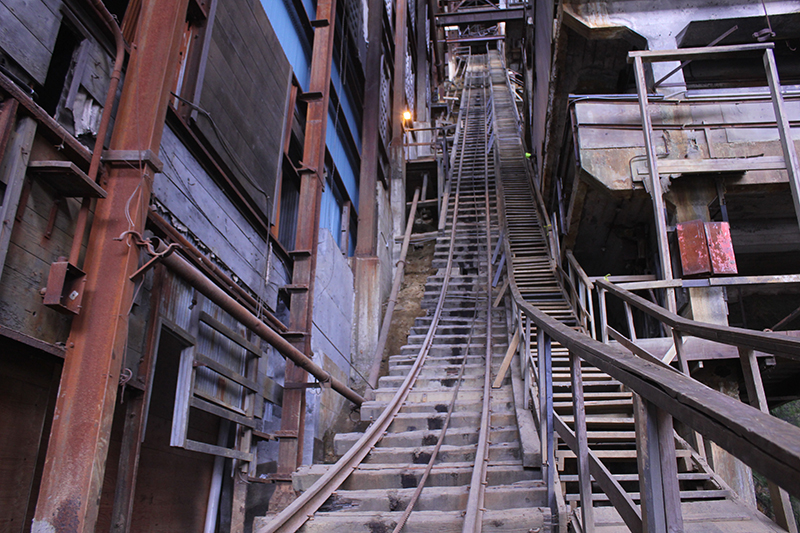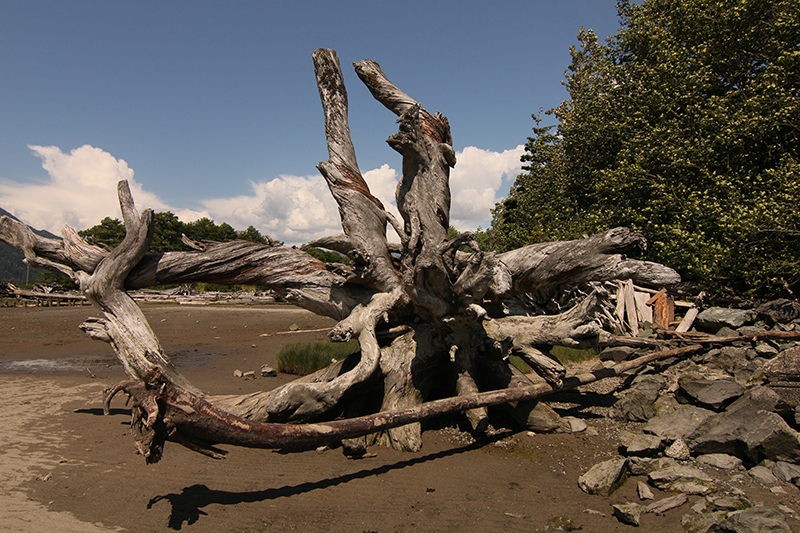Pallavi Paul and Sahej Rahal




Grant Period: Over one year
Pallavi Paul is a visual artist, filmmaker and scholar from Delhi. After her Masters in Mass Communication from Jamia Milia Islamia and MPhil in Arts and Aesthetics from Jawaharlal Nehru University, she is currently pursuing her PhD from the same university. Her works have been exhibited at TATE Modern, London, KHOJ and SARAI, Delhi. Her films have been showcased at Films Division, Mumbai and Experimenta, Bangalore. She has also presented and published research articles on cinema and technology. Sahej Rahal (alias Harveet Singh Rahal) completed his BFA from Rachana Sansad Academy of Fine Arts and Crafts, Mumbai. He works with sculpture, video and performance art. His works have been showcased in Switzerland, UK, USA, France and various cities in India. Pallavi and Sahej started collaborating in 2013 when both their films were chosen for the festival ‘100 Years of Experimentation in Indian Cinema’ curated by the Films Division. They are also showcasing their work at the Vancouver Biennale, 2014. In their own words, “Ranging from sculpture, performance, research and writing we have found our creative velocities often reformulating our ideas around art practice. The moving image form has been central to this experience. Film, in our individual practice, has become the site where all our experiments with material, costume, objects, found footage and text, not only coalesce but begin to take on an independent life.”
In 2013, a not-for-profit organisation called Mars One announced their ‘Astronaut Selection’ programme. This was a process to choose people from earth for the first colony to be based in Mars. Met with much ridicule and scepticism initially, the project was in fact quite real. NASA is all set to put up the first colony in Mars, the red planet. Mars One invited people to send videos responding to a set of questions pertaining to their interest in participating in this mission as members of this colony. No matter how science fiction like this may sound, they received thousands of applications and the videos have been put out publicly on their website. A short list of applicants has been made as well. These selected individuals will undergo an eight year long conditioning programme culminating into a seven to eight month long trip to Mars, where NASA’s remote controlled vehicles would have already set up a liveable base. The catch is this – it is a one-way ticket. The plan doesn’t include a return trip to earth.
For the artists the project has opened up a Pandora’s Box of enquiries and possibilities. Why would someone want to go on such a journey knowing there is no return? They have to spend a lot of time in a very tight space through the journey. What are the implications of that? They come from various social, cultural and political backgrounds. How would they co-habit? Many of the participants come from countries that have had the history and traumatic experiences of long periods of colonization. For example, 44 people have been chosen from India. How do they respond to the idea of colonization? The selection process too is interesting because it involves the process of finding the ones most suited to a project like this - a quasi-Darwinian idea of a superior race of humans. Starting with the application videos, a large amount of data including pictures, plans, charts, schematics, reports and speculations have started gathering and are freely available. This is a unique techno-social moment in human history and obviously a very interesting opportunity for any artist who wants work with such material.
This grant will support the artists to make a 30 min long experimental HD video. The making will continuously challenge them as they will have to work their way through heaps of scientific plans, charts, audio frequencies and research data on the one hand and interviews, confessional videos, personal journals, fantasy novels and popular cinema on the other. They might create an exhibition and a performance out of the material they gather, but that will be decided at a later point, depending on the nature of the material. Pallavi and Sahej are going to interview some of the aspiring astronauts from India. They are also planning to shoot at the Satish Dhawan Space Center near Chennai from where India’s first mission to Mars was launched. They will heavily depend on “found footage” and the public archives of NASA and ISRO. One aspect of this project that interested IFA was that the artists have been contemplating the parallels between Jules Verne’s colonial ‘steam-punk’ novel “The Demon of Kawnpur” and this project. In the novel Verne portrays the story of a group of British colonizers travelling in a mechanical elephant in the hostile territory of Sepoy Mutiny ridden India. Pallavi and Sahej want to draw parallels between this journey and the journey to Mars. The works of NASA astronaut, physician, philosopher and poet Franklin Story Musgrave will also form the backbone of the project. They are planning to construct objects and explore abandoned spaces as ‘memory of the future’ along with their video.
According to Pallavi and Sahej, “The Mars One project and the large range of its insinuations are particularly compelling for us, because rather than being a constituted "event" which can be seen from familiar vantage points, it is an occurrence that is unfolding for even those who are engineering it. It is a cutting edge techno-social moment which is equally exciting from not only what is encapsulated within it but also for the multiple ways of looking that it can produce.”
This grant was made possible with support from the Sir Ratan Tata Trust (SRTT).
